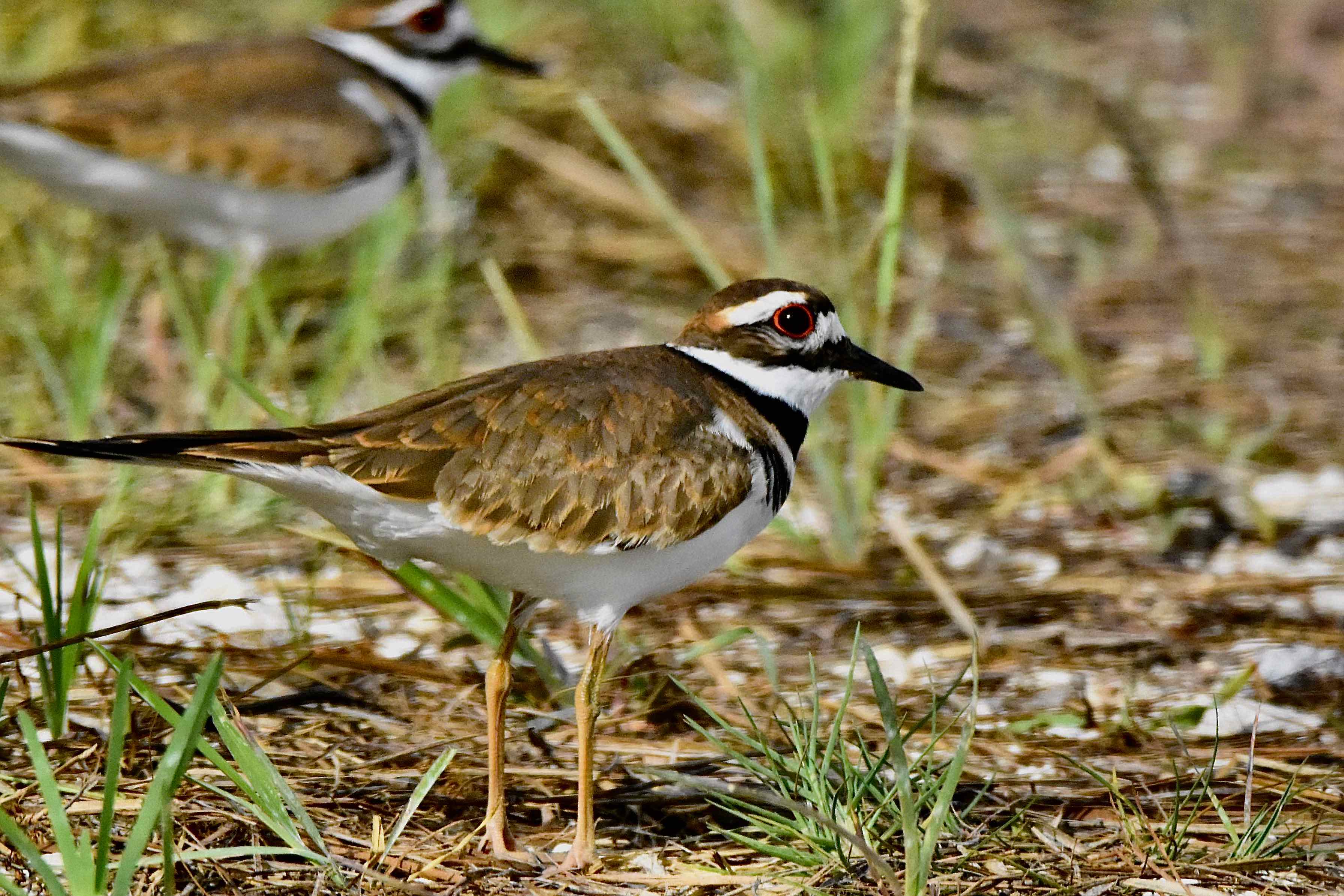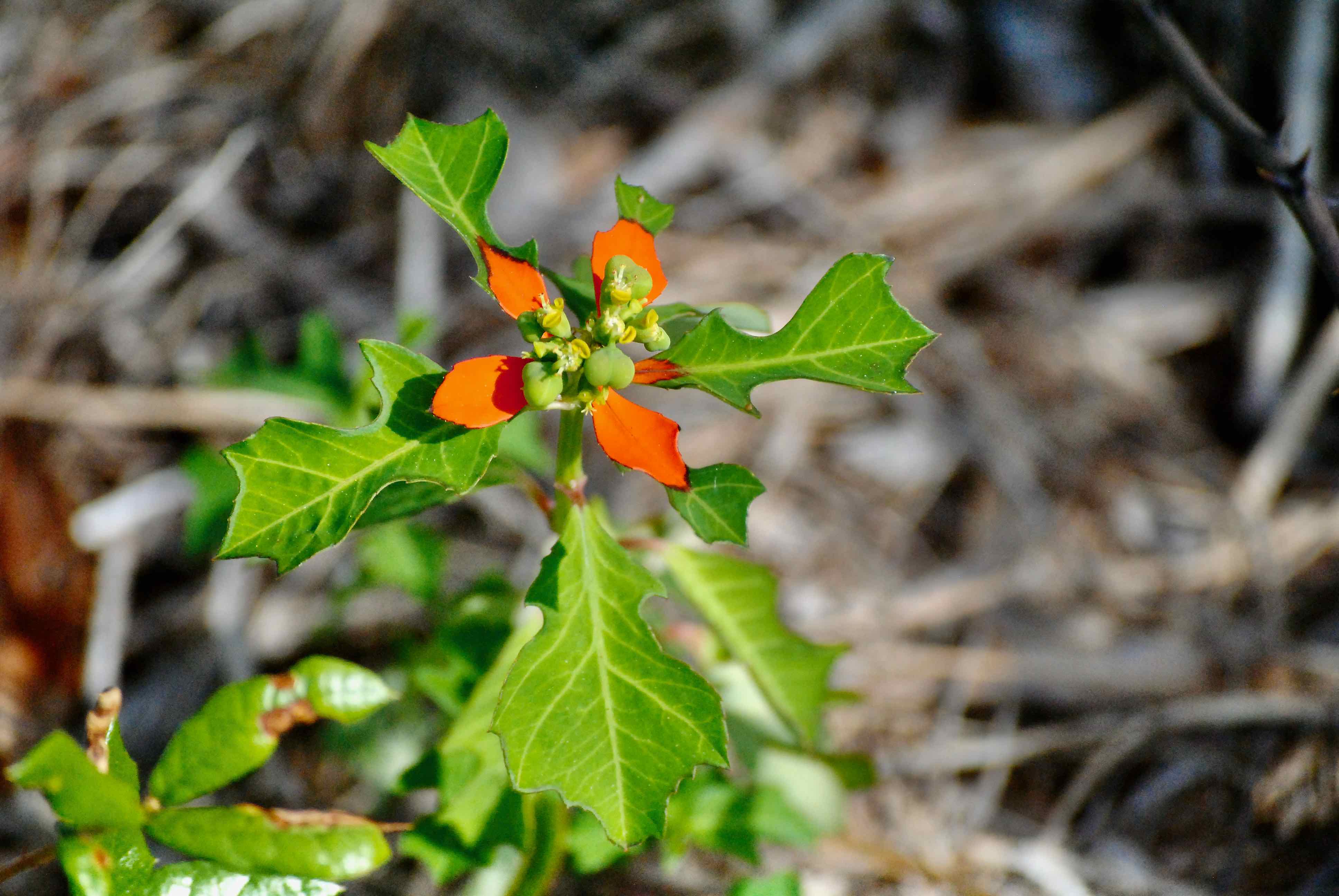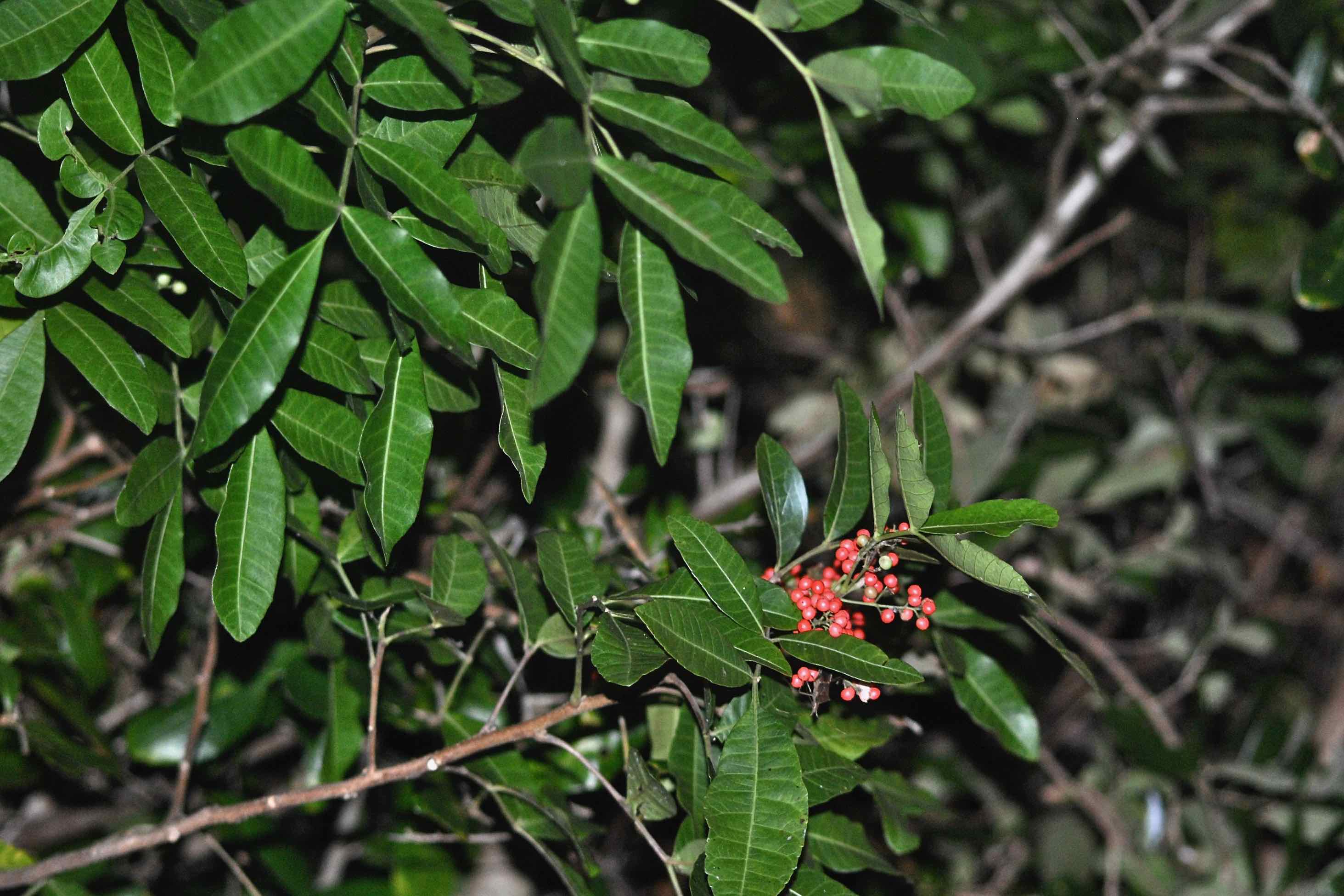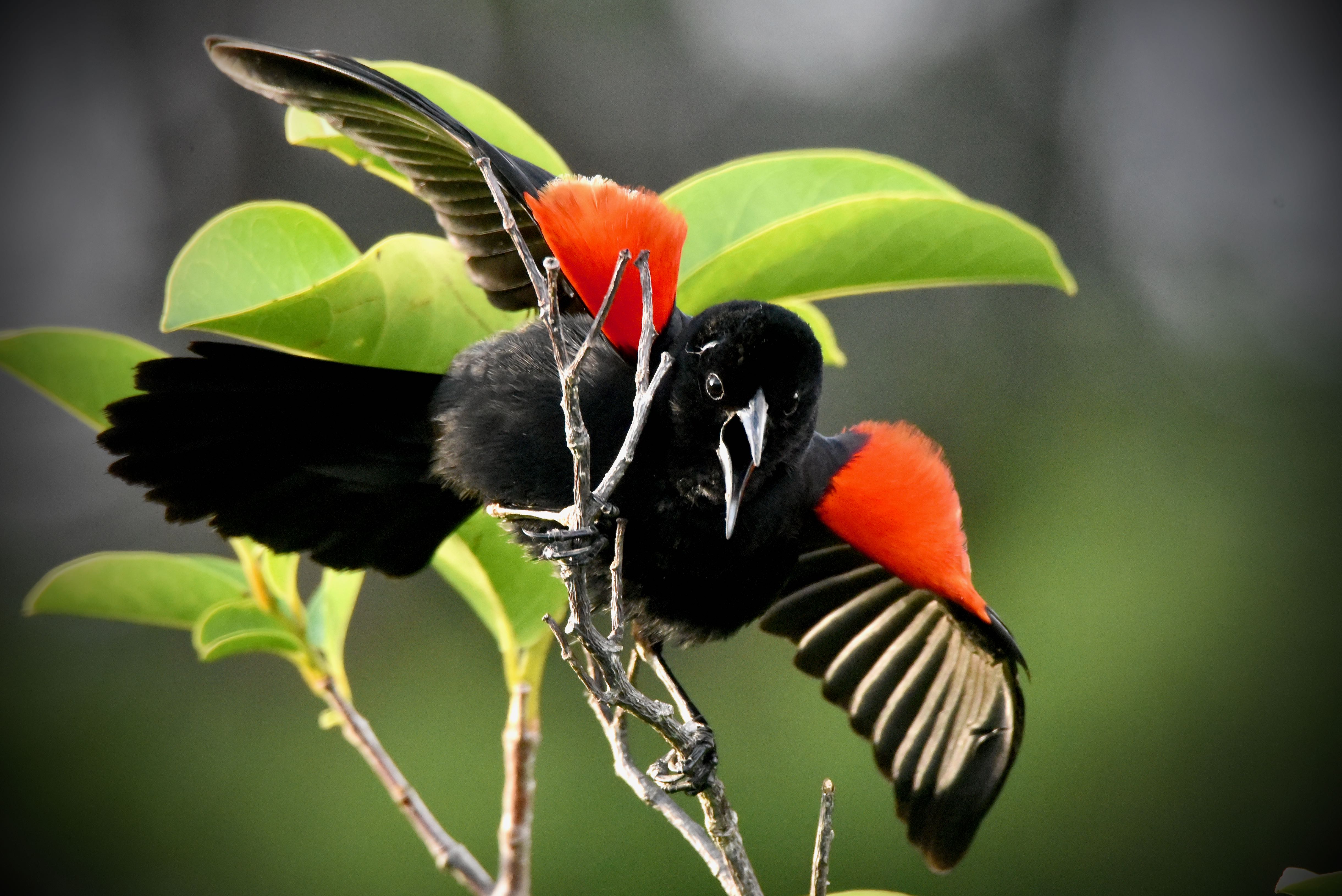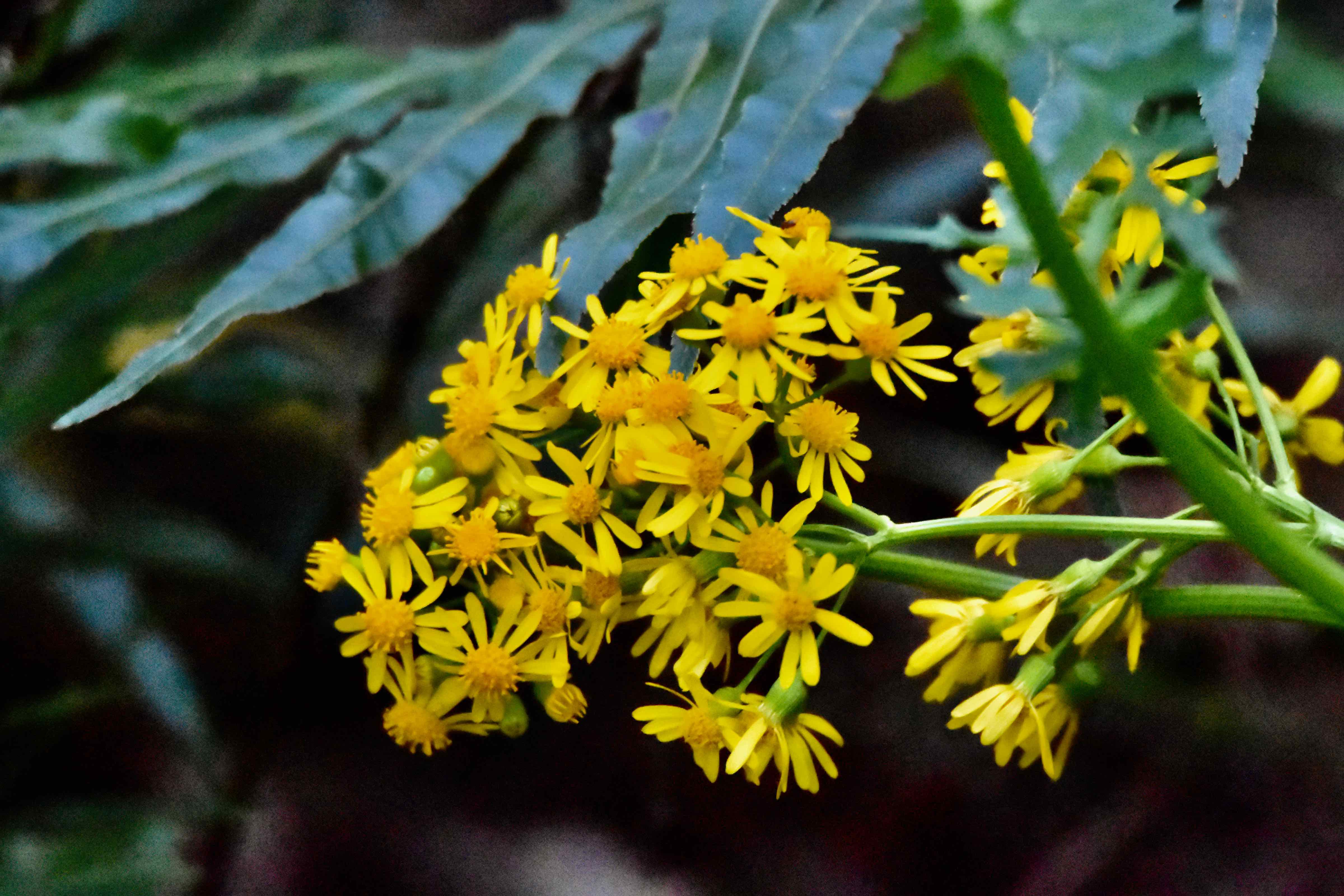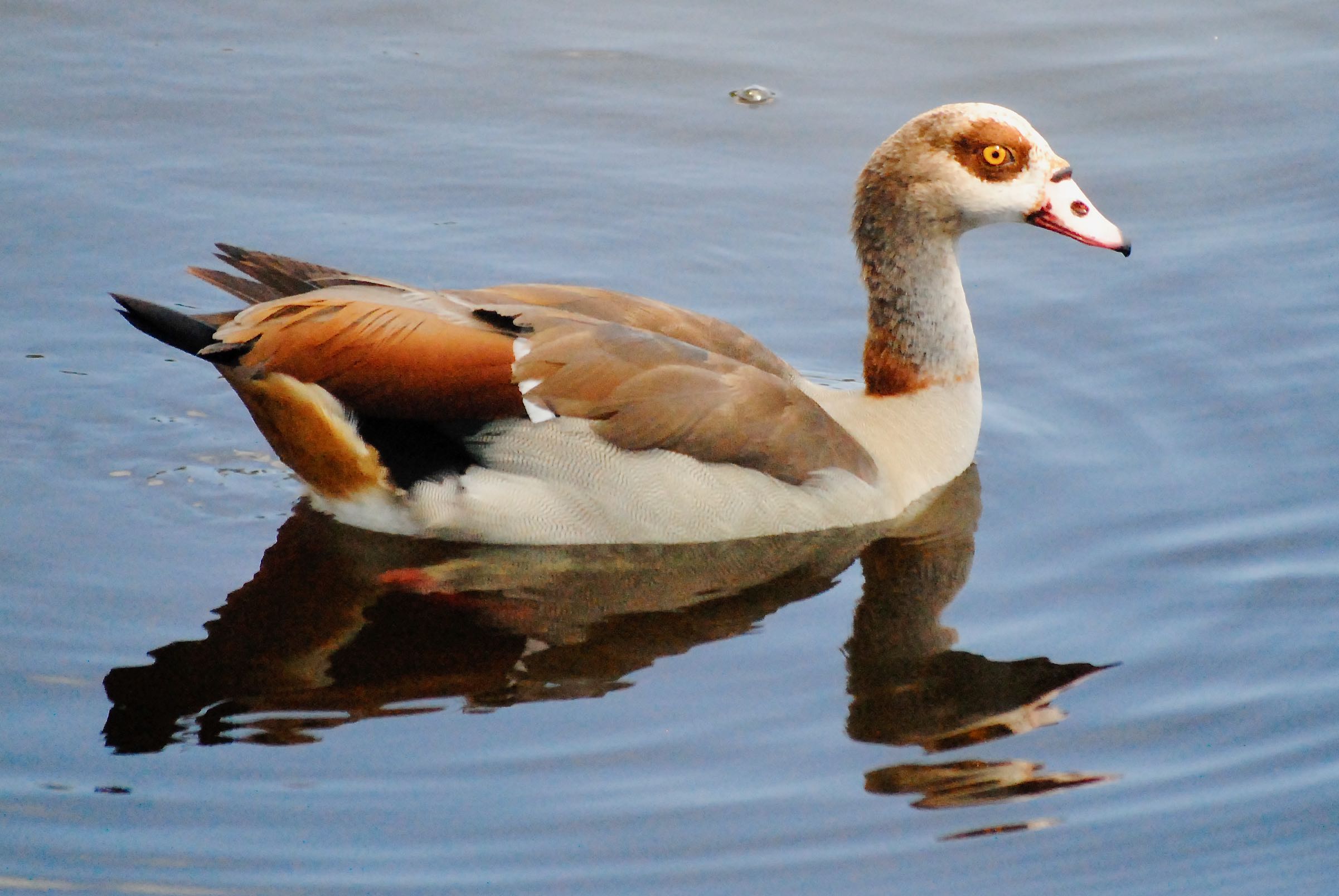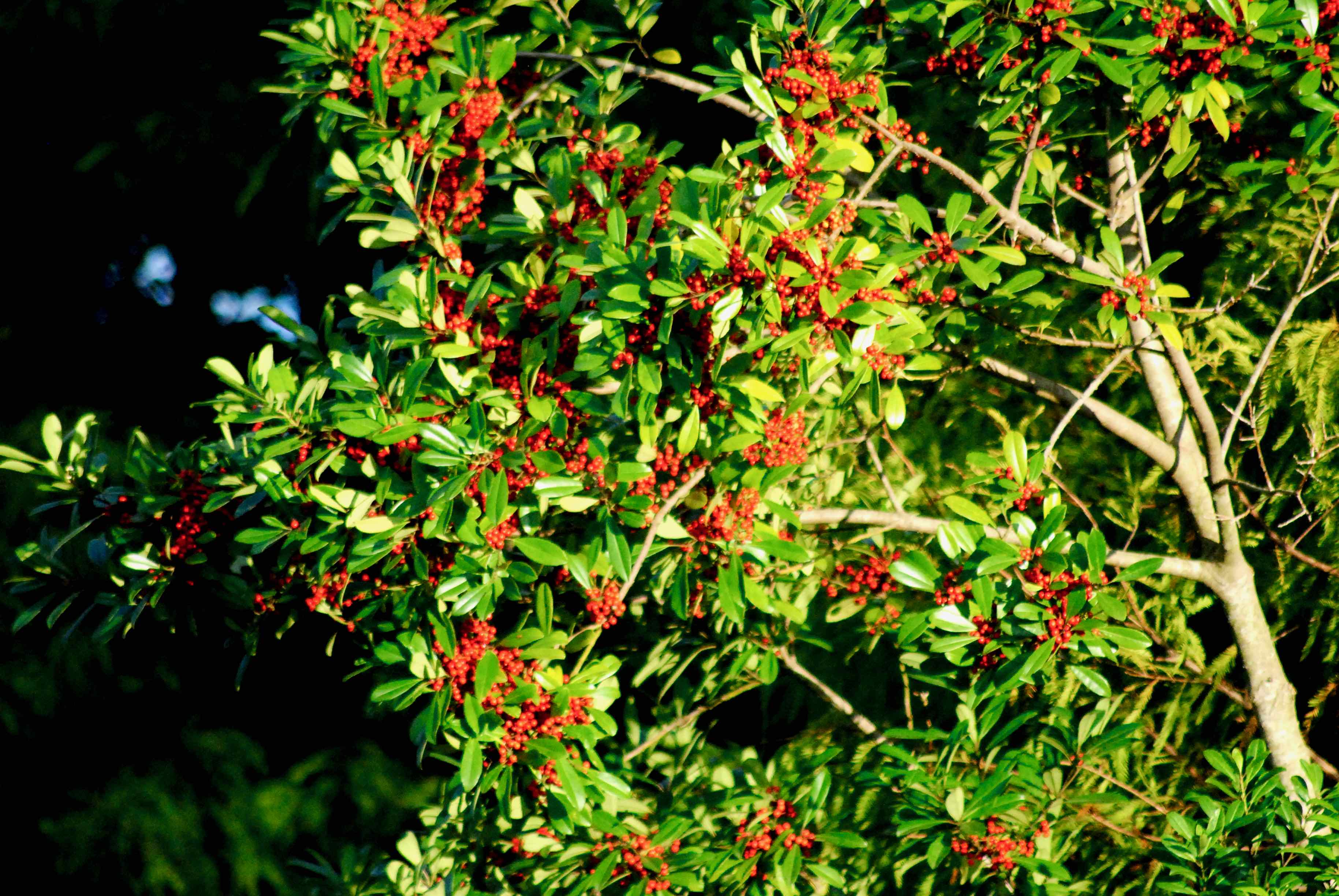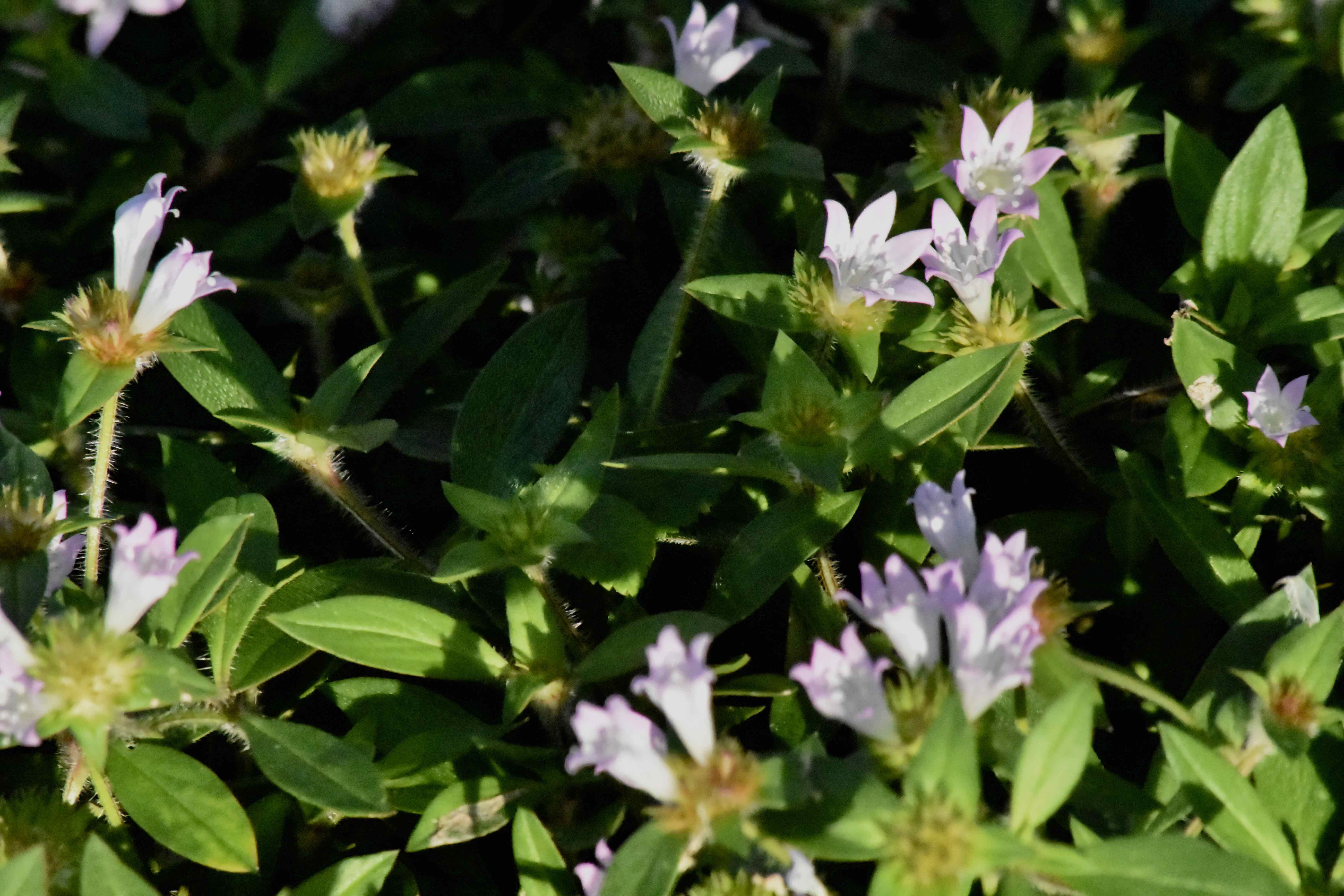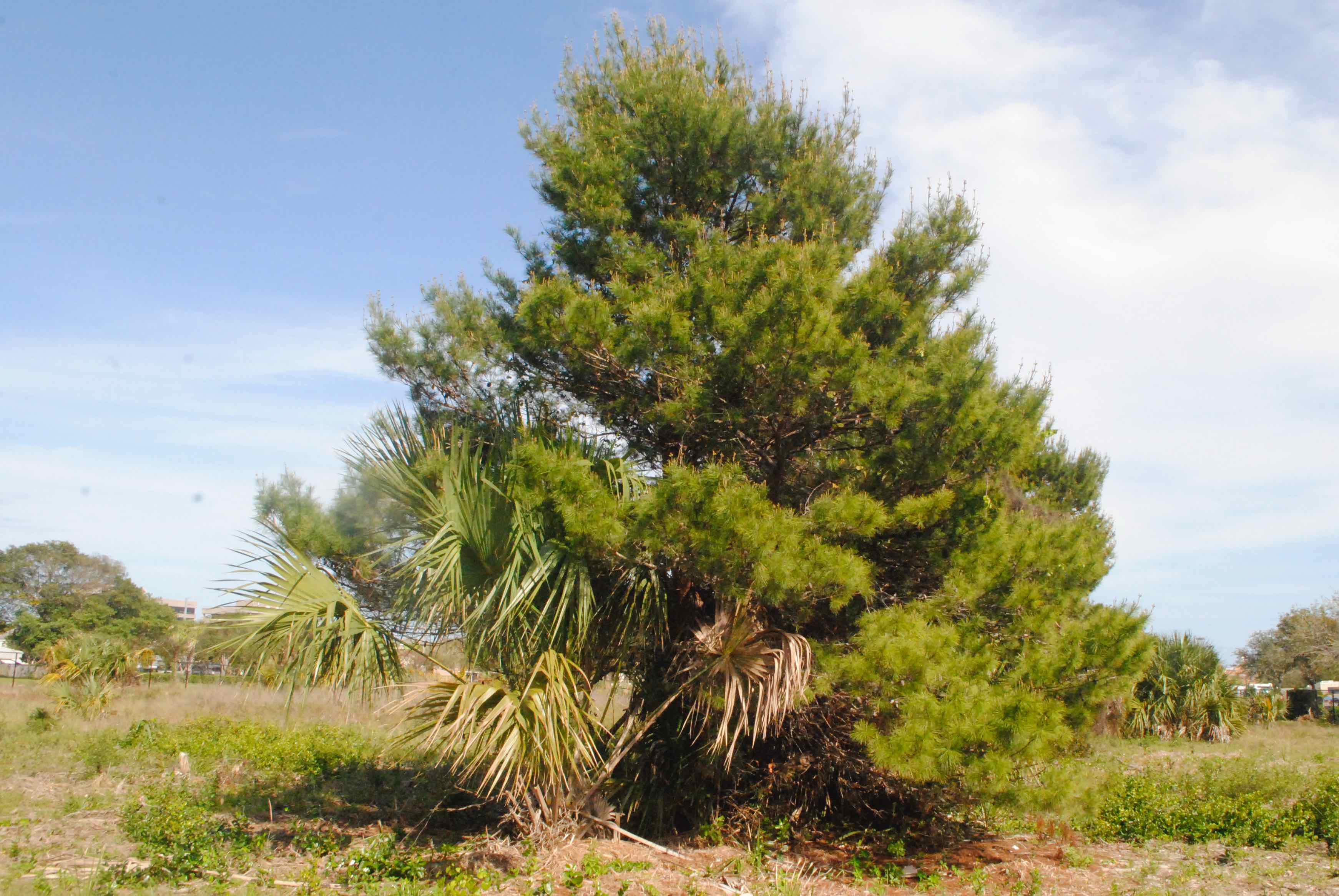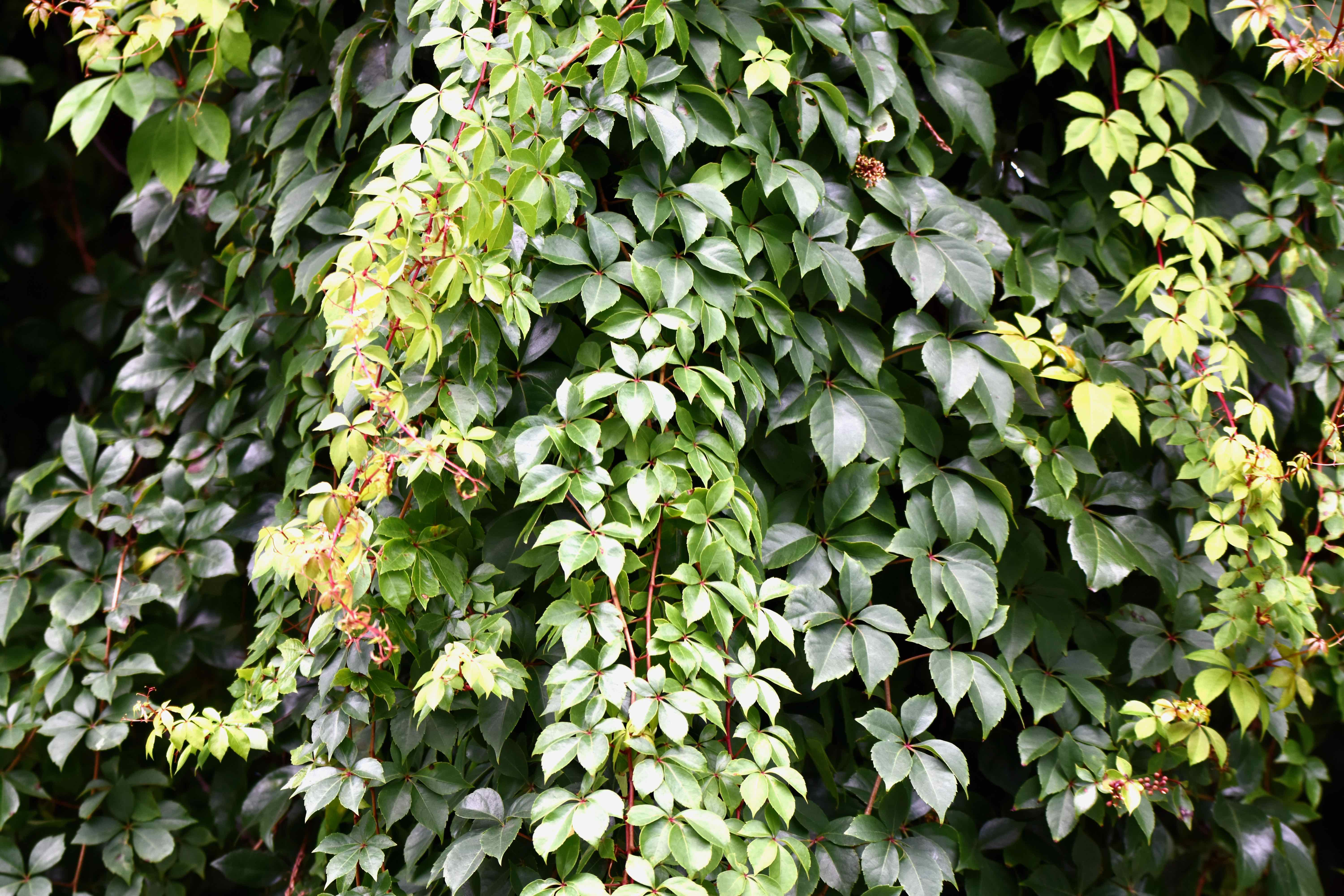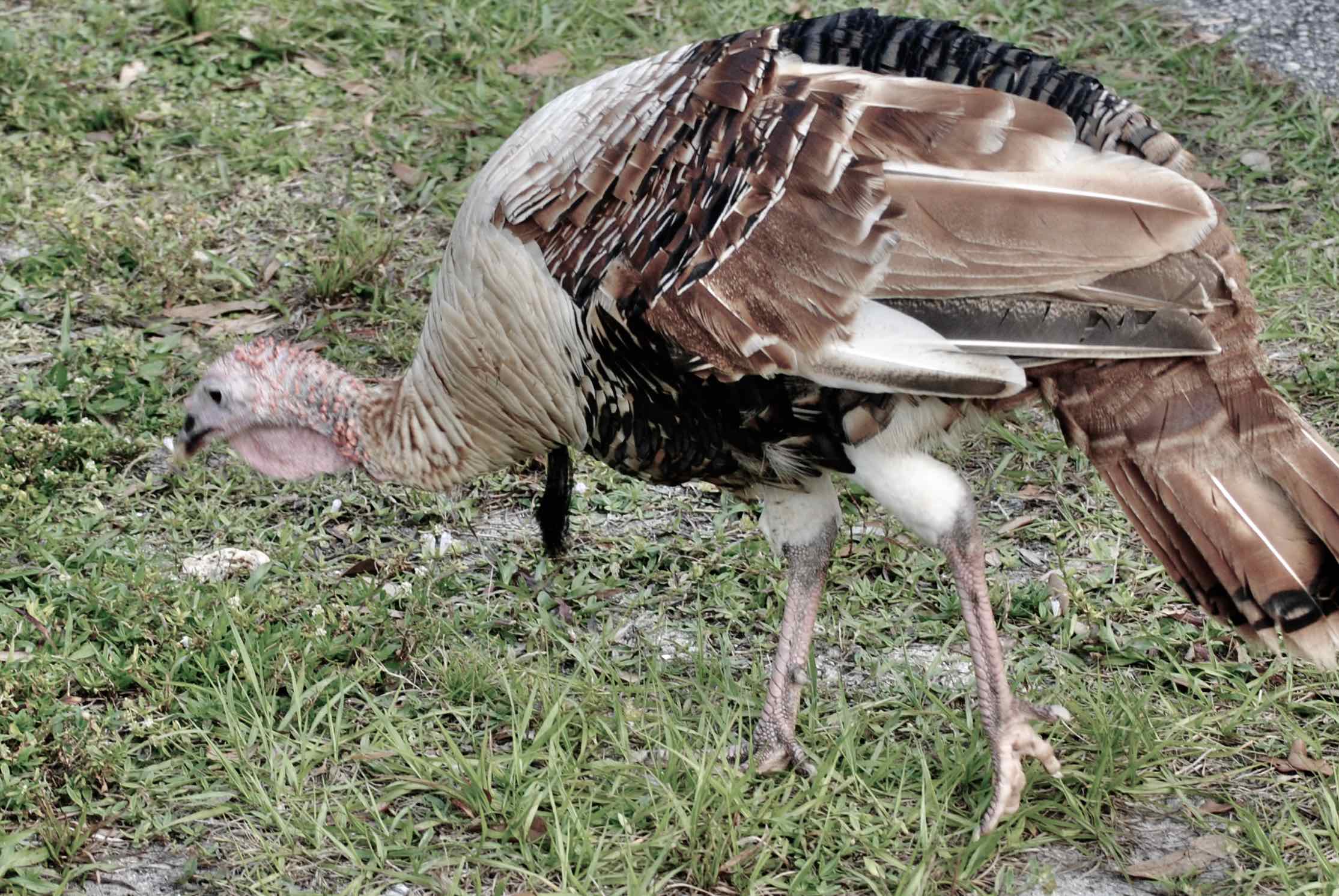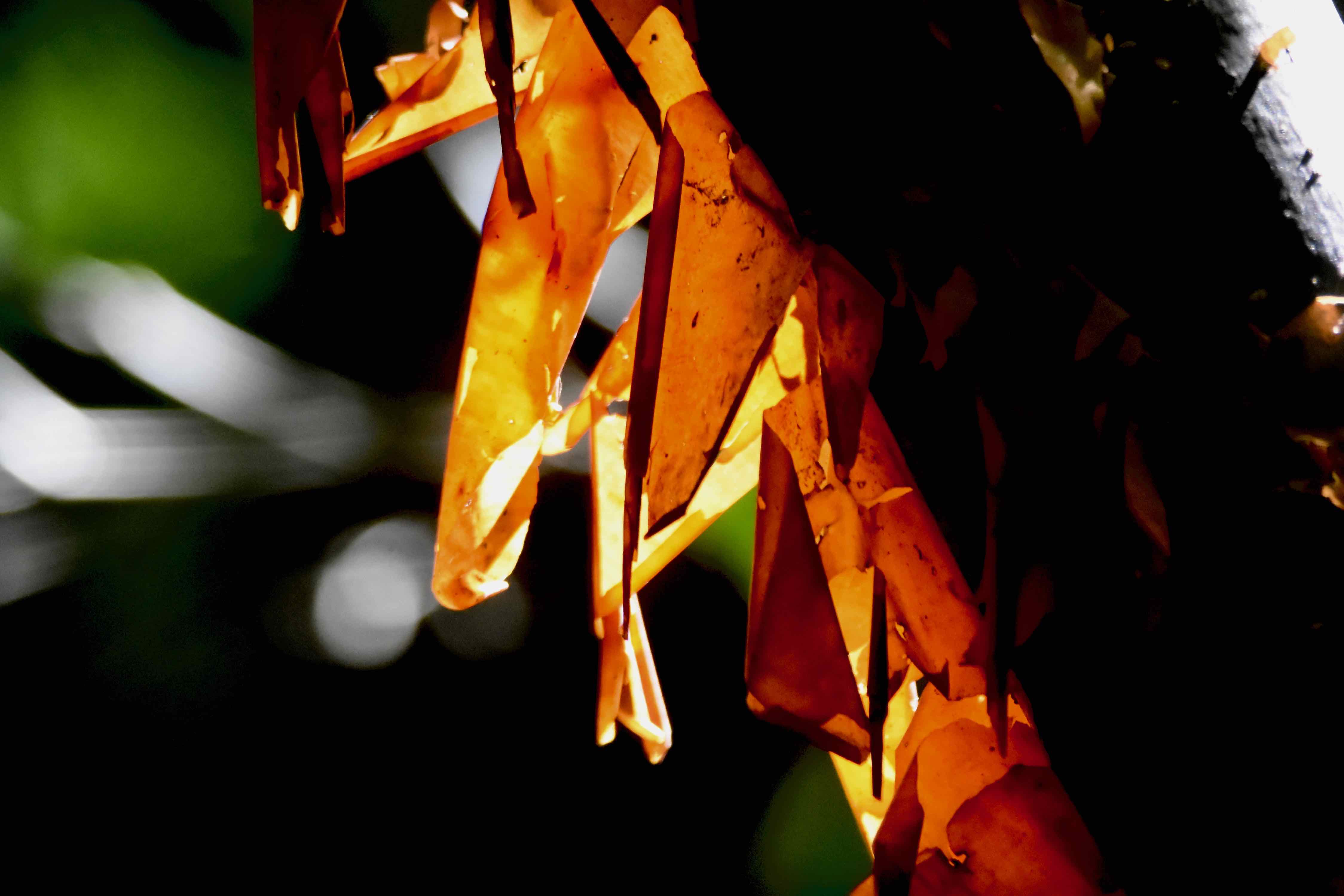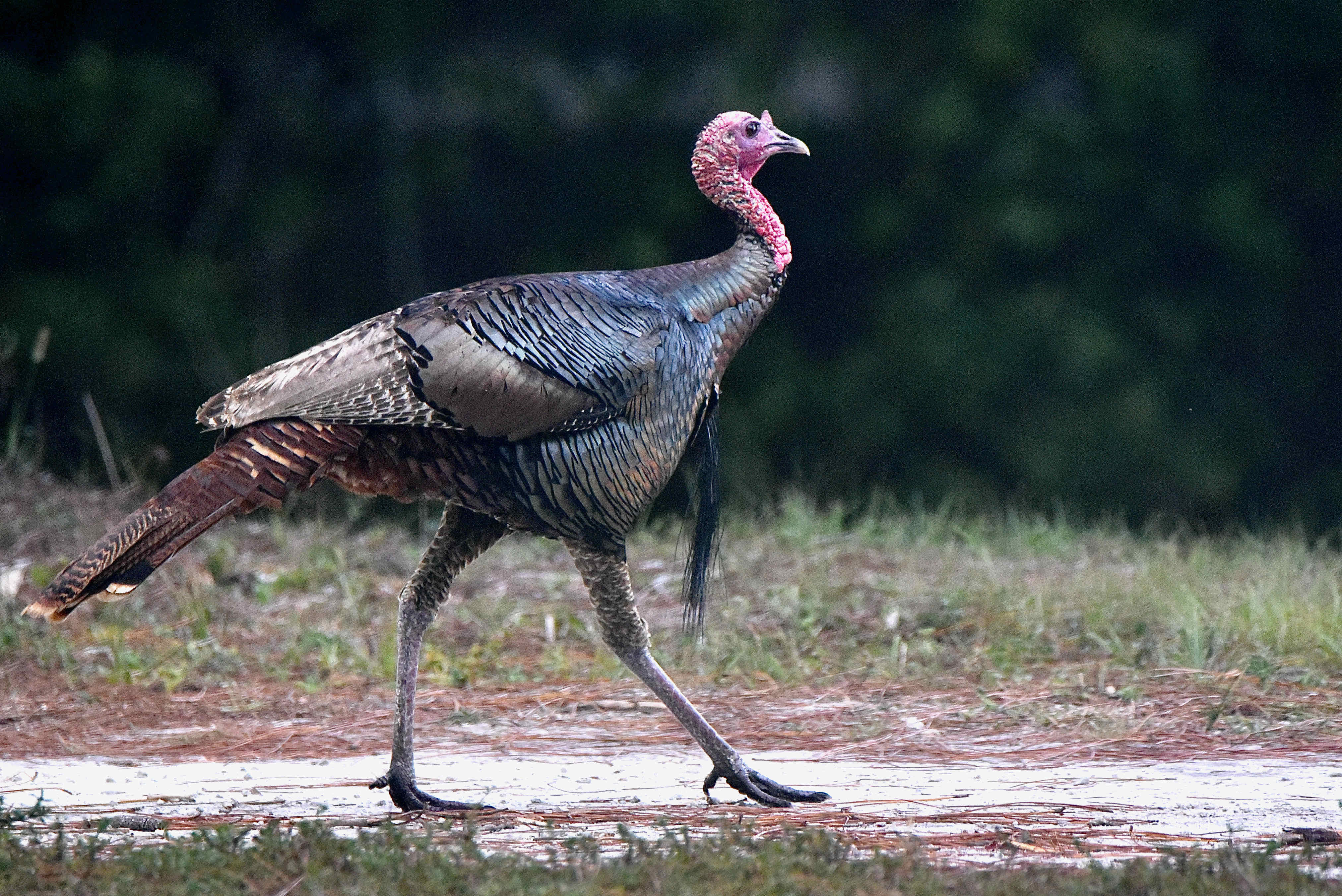
We all know that a turkey and some mistletoe help to make the season bright thanks to Mel Torme, Bob Wells, Nat King Cole and the lyrics of that 1946 holiday classic, The Christmas Song.
Torme and Wells wrote the lyrics on an unbearably hot summer afternoon a year earlier hoping the imagery of a frigid winter’s day would psychologically cool them down. Wells already had a few lines written down when Torme stopped by his house, and the remainder took all of 45 minutes to complete. When Torme and Wells couldn’t find a publisher willing to take the song — the economics of a seasonal song didn’t seem to make sense — the two turned to Cole, who fell in love with it at first listen, according to Mel Torme’s son, James. The rest of the story is history, as they say.
But why turkey and why mistletoe? For turkey, we go back to 16th century England and Henry “Off with Her Head” VIII. For mistletoe, we go back much further in time. Both turkeys and surprisingly mistletoe are native to Florida. We even have our own turkey subspecies, the Osceola.
The first turkeys were imported into England in the 1520s. Someone got the bright idea that they were the perfect animal for a winter’s feast mainly because they could be spared — cows were needed to produce milk and chickens to lay eggs during the coming months. Turkeys were also something different to eat. Henry VIII, according to English sources, was the first to have a turkey for Christmas. It took centuries for the tradition to build — goose remained the preferred bird — but turkeys got a PR boost both in England and the United States with the 1843 publication of Charles Dickens’ “A Christmas Carol” and the enlightened Ebeneezer Scrooge’s selection of a large turkey for the Cratchit family.
In England, turkey finally became the king of the roast, so to speak, in the 1950s and continues to be the indispensable part of the Christmas feast for most people. In the U.S., it’s popularity waned somewhat, rivaled by Christmas hams, roast beef and “exotic” choices, like venison. Some say it’s because turkey giveaways to the poor dulled the bird’s image among the more affluent, but being the centerpiece of Thanksgiving only weeks before Christmas probably doesn’t help.
Mistletoe has one thing in common with turkey: bird poop. Mistletoe is a combination of two words from a Anglo-Saxon dialect: mistel, meaning dung, and tan, corrupted into toe over time, meaning twig. Apparently, it was noticed that mistletoe tended to sprout from bird poop on tree branches. Seriously. Think about this the next time someone wants to kiss you under the mistletoe. Takes all the romance out of it.
There is no shortage of myths and stories about mistletoe dating back at least to first century Rome, but the first thing to know about mistletoe is that it is a parasite, more specifically a hemiparasite. It needs to invade a host in order to get the nutrients it needs to survive. Invariably, the host is an oak.
Druids believed mistletoe to be holy because it "rooted" in trees, making it the plant “closest to heaven.” Scandinavians saw it as a symbol of peace. Others saw it as medicinally important, able to cure a variety of conditions, including infertility.
Like holly and ivy, two other natural symbols of the holidays, its leaves remain green in winter; inevitably it became a part of winter festivals and celebrations, and eventually Christmas.
It might seem surprising that mistletoe can be found in subtropical South Florida, but it shouldn’t considering there are something like a thousand mistletoe species around the globe. There are actually two species here, both are rare. Oak mistletoe is found in southwestern Florida, almost always growing on laurel oaks. It’s more abundant north of here. Mahogany mistletoe is found only in Miami-Dade County and the Upper Keys. It’s considered critically imperiled.
So if you happen across a sprig while wandering through the wilds, consider the history and by all means give your partner a smooch. Just be on the alert for pooping birds when you do.

